How To Delete The Other Files On Iphone
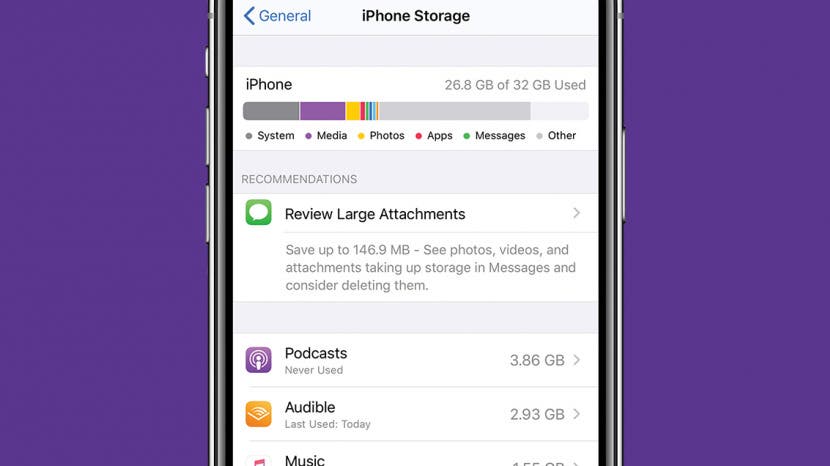
What does "Other" mean in iPhone storage? Clearing Other storage on your iPhone can be a real space saver when your iPhone storage is full and you need to clear up space for an iOS update or to install a new app. In iOS 15, the name has changed to System Data, but it appears to be similar, if not the exact same thing. We'll cover what Other Storage means, what System Data means in iOS 15, and how to delete Other Storage on the iPhone or iPad to free up space.
Related: How to Easily Free up & Optimize Storage on the iPhone
Jump To:
- What Does Other Storage Mean on an iPhone & iPad?
- What Happened to Other Storage in iOS 15?
- How to Clear Out Your Safari Cache
- Review & Delete Your Large Attachments
- Deleting Cached Data on Apps
- How to Automatically Offload Unused Apps
- Review Your Notes & Voice Memos
- Turn Off Background App Refresh & Location Data
What Does Other Storage Mean on an iPhone & iPad?
While some storage categories are easy to understand and control, the Other category is the hardest to maintain. This is because Other Storage includes all kinds of things, such as system files, attachments, website logins, autofill URLs, pre-loaded websites for faster browsing, and—a major culprit—cached chunks of streaming media from apps like Podcasts and Netflix. Before deleting any apps, media files, or cached data, you'll want to look at your iPhone's storage to see how much space each category is taking up on your iPhone.
What Happened to Other Storage in iOS 15?
If you've updated to iOS 15, you'll notice Other Storage has been replaced by System Data. From what we can tell, it seems to be similar, if not identical to Other Storage, though my personal theory is it includes a bit less, as the percentage of my total storage it took up went from small to nonexistent in the update. This could also be because of cleared caches or other things that stemmed from the update. In this article, we'll go over both how to clear Other Storage in iOS 14 and earlier, and how to clear System Data in iOS 15. Some iOS 15 users have experienced a Storage Almost Full error, learn how to fix it here.
How to Review How Much of Your iPhone Storage Is Taken Up by Other Storage or System Data:
- OpenSettings.
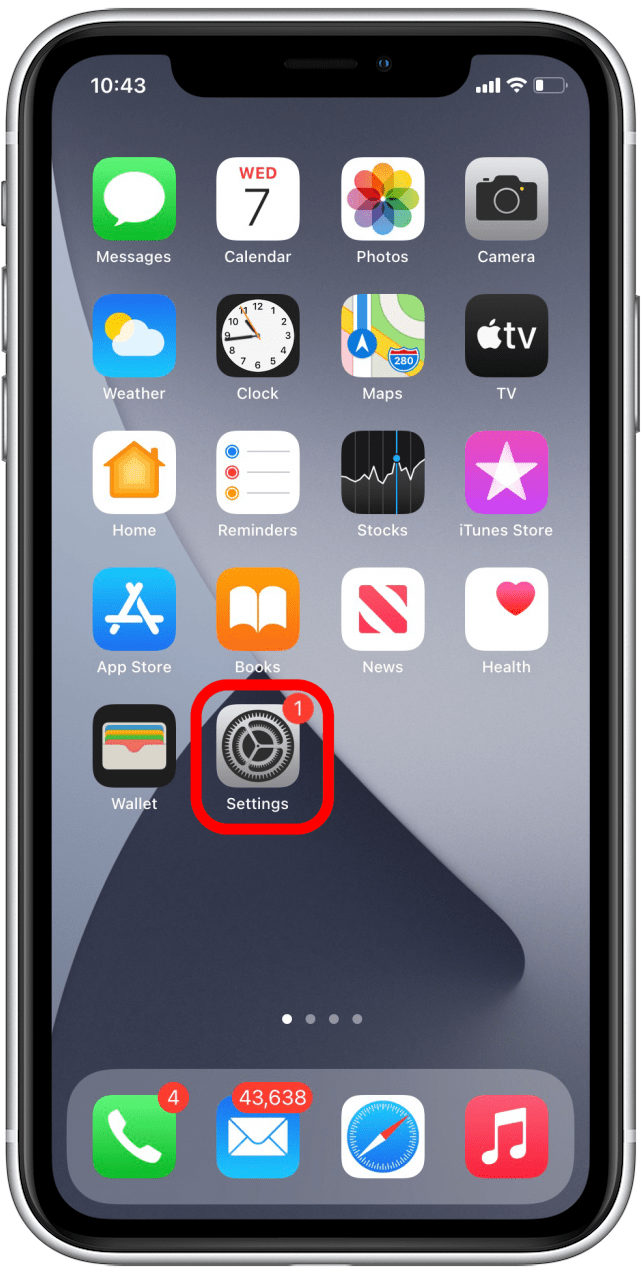
- TapGeneral.
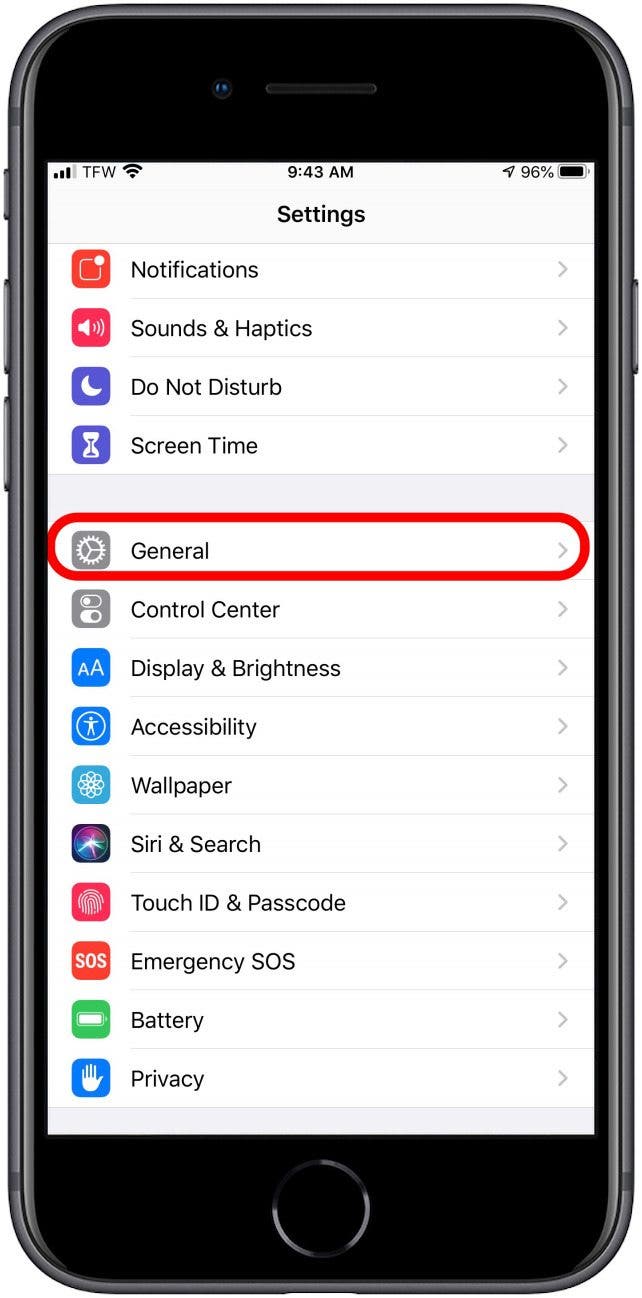
- SelectiPhone Storage.
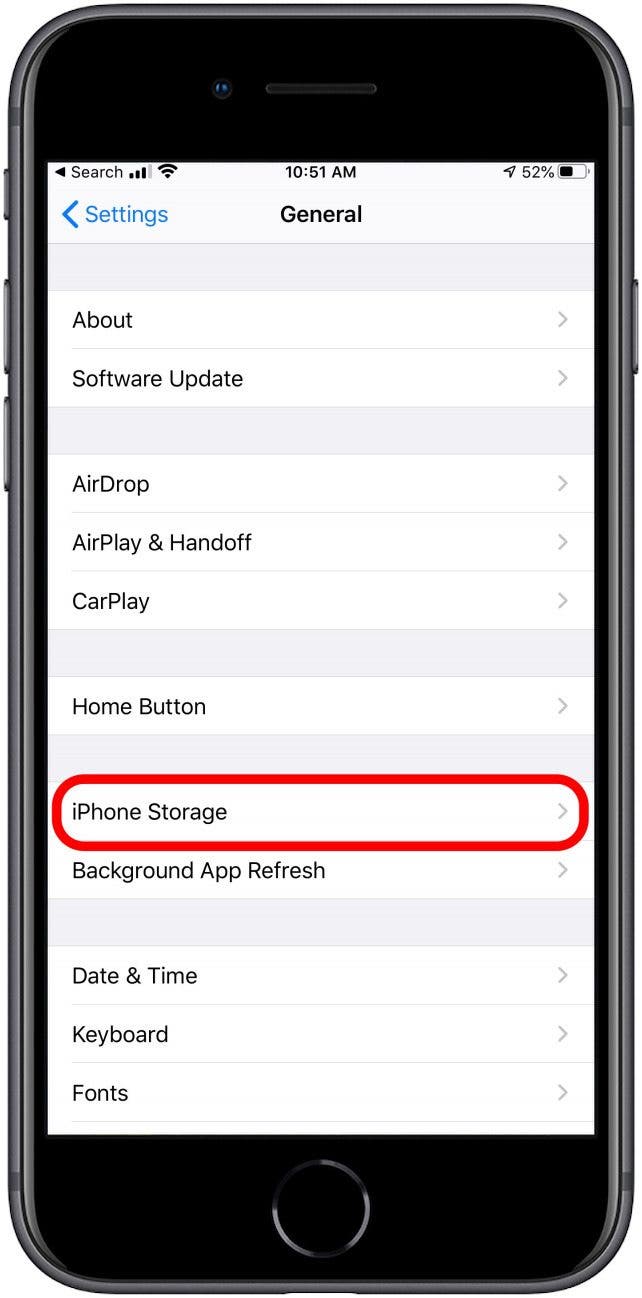
- In the graph, the light gray bar represents your Other Storage.
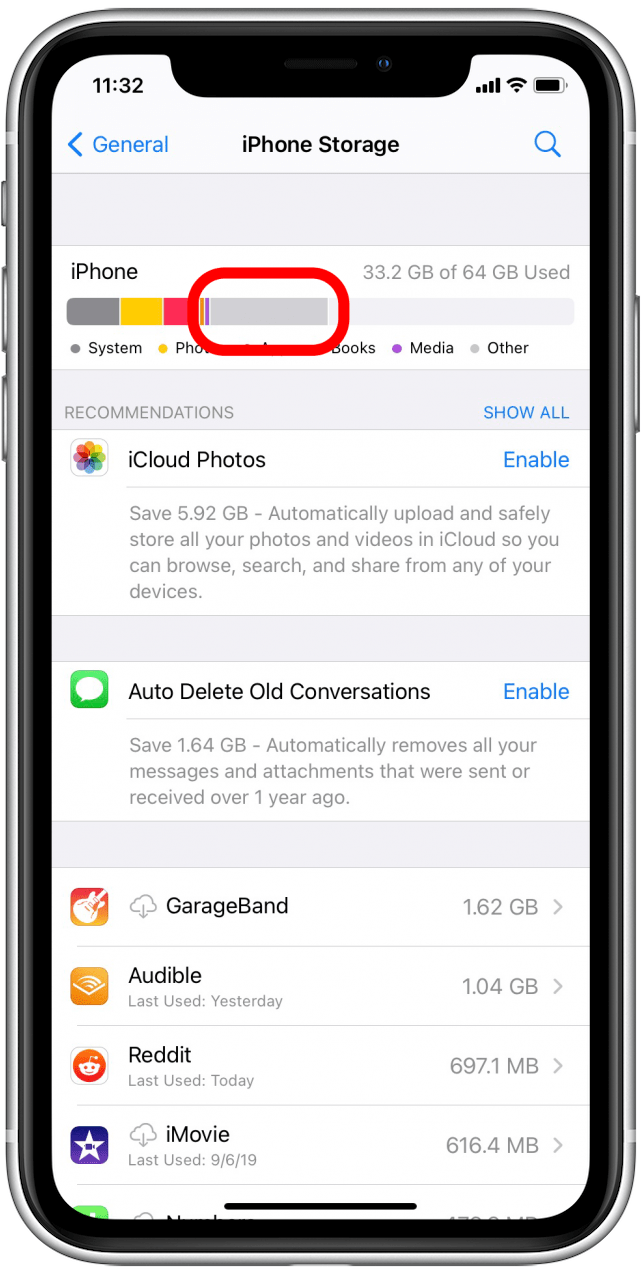
- In iOS 15, it will show up as System Data.
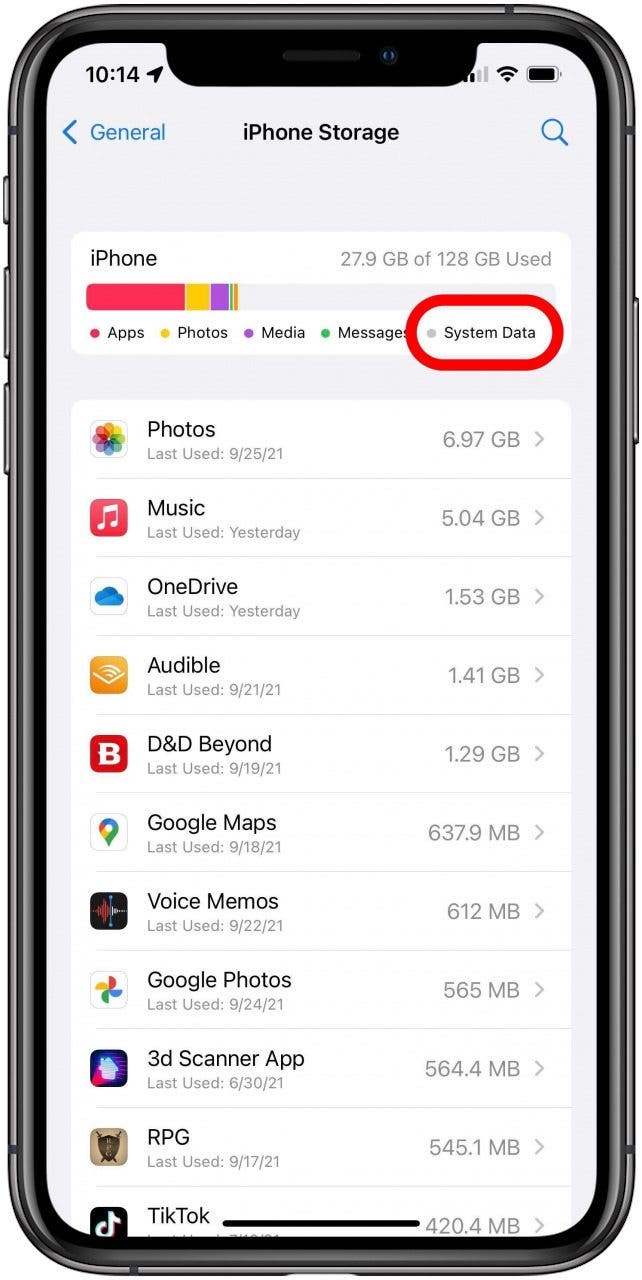
Return to top
How to Delete Other Storage on iPhone: Your Safari Cache
When you browse the web on your iPhone, you create cached data that's saved in Other Storage. This data is used for autofilled names and passwords as well as URLs. Most of your favorite websites are already pre-loaded in the cached data. This makes browsing the web faster, but over time the accumulated data in Other Storage slows down your iPhone. This method will clear out URLs that you haven't saved in Bookmarks and any login credentials not saved to your Apple Keychain. Despite some minor inconvenience, it's good practice to regularly clear your browser cache.
Here's How to Clear Your Safari Cache:
- Open Settings.

- Tap General.

- Select iPhone Storage.

- Scroll down to tap Safari in the list of apps.
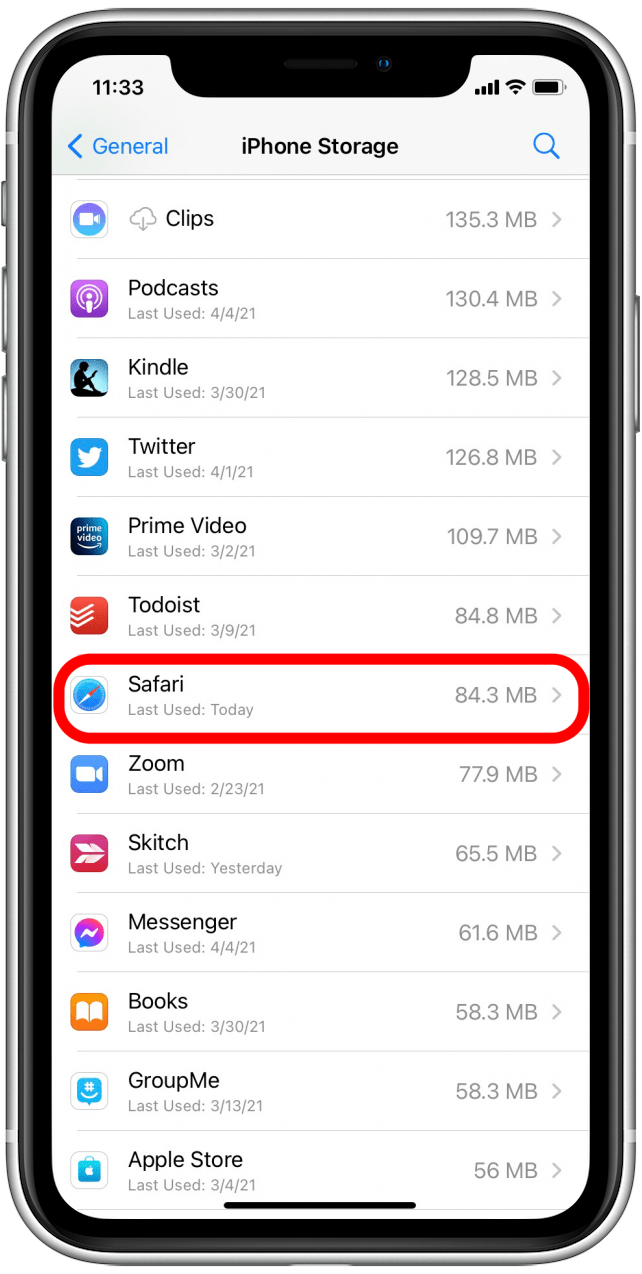
- Tap Website Data.
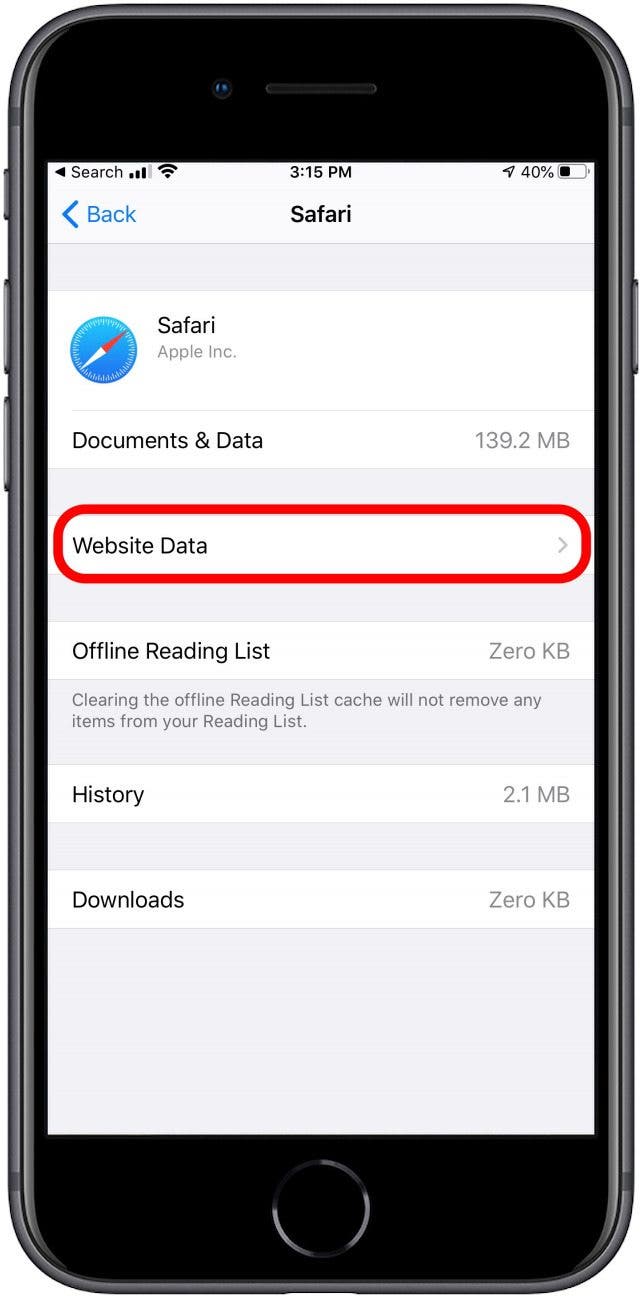
- Select Remove All Website Data.
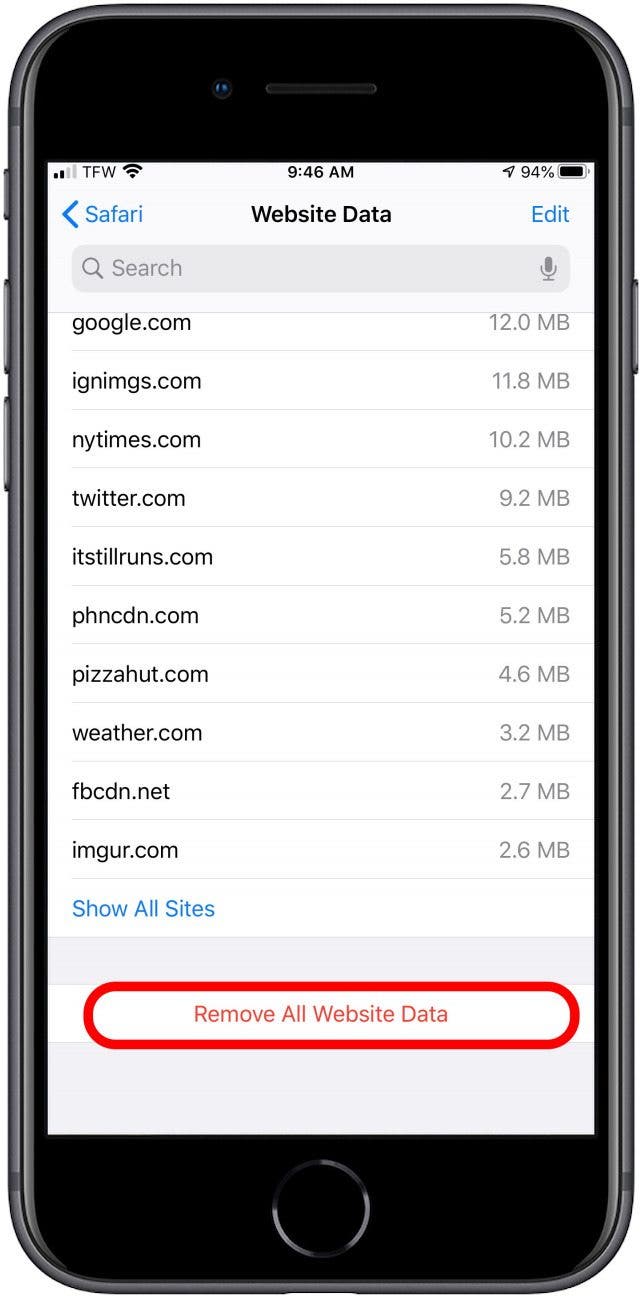
Return to top
How to Get Rid of Other Storage on Your iPhone: Review & Delete Your Large Attachments
Large attachments that you send or receive in Messages can be a big part of what takes up Other Storage. Deleting large attachments, especially GIFs and videos that you've shared with a contact, is a great place to start when you need to free up Other Storage on your iPhone.
To Review Large Attachments & Downloaded Videos:
In iOS 14 and earlier, you can review large attachments. As of iOS 15, you review just your downloaded videos instead.
- OpenSettings.

- TapGeneral.

- SelectiPhone Storage.

- TapReview Large Attachments or Review Downloaded Videos.
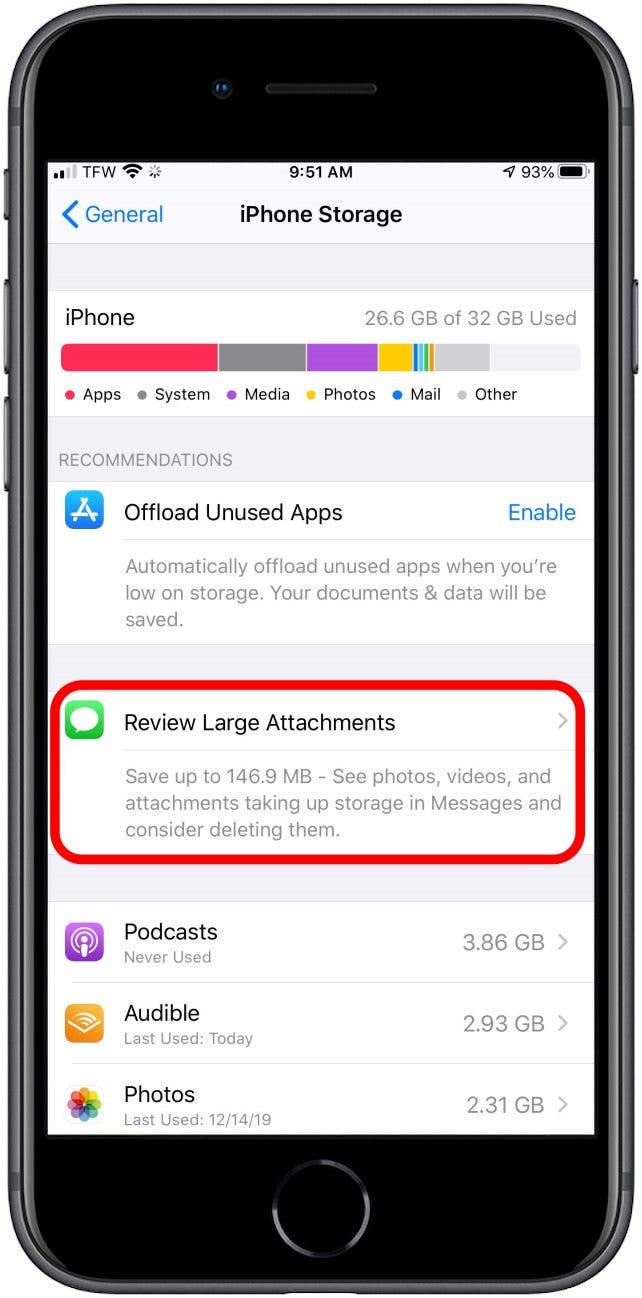
- On the top right, selectEdit.
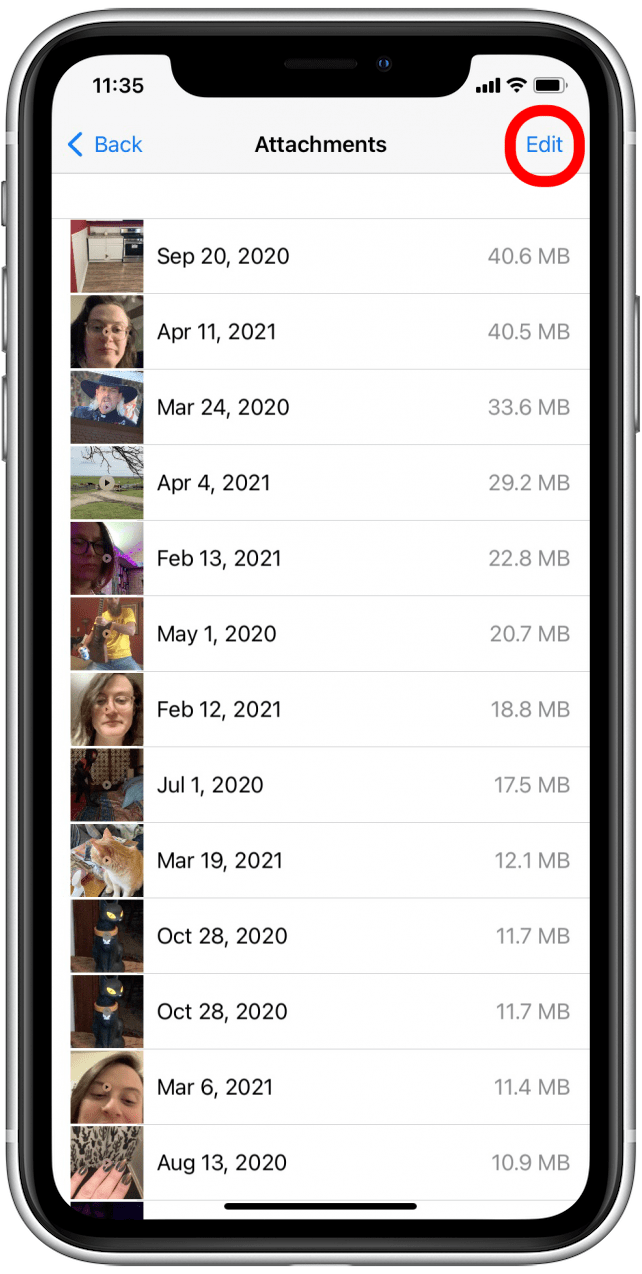
- Select the attachments you want to delete.
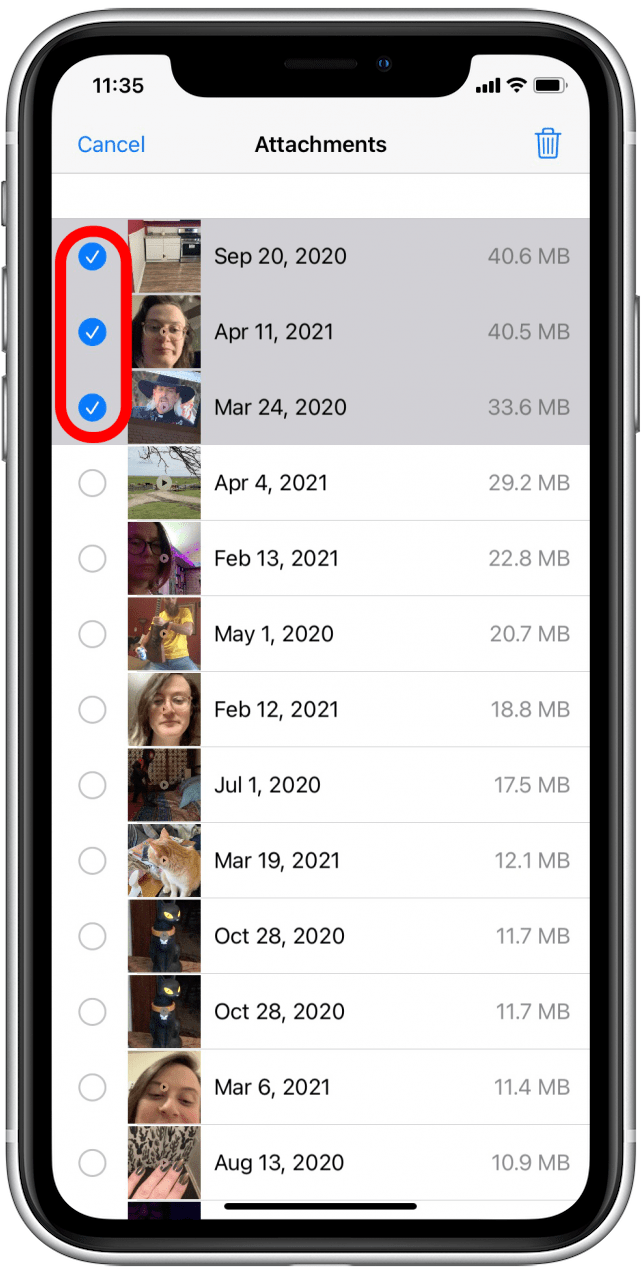
- Tap thetrash icon.
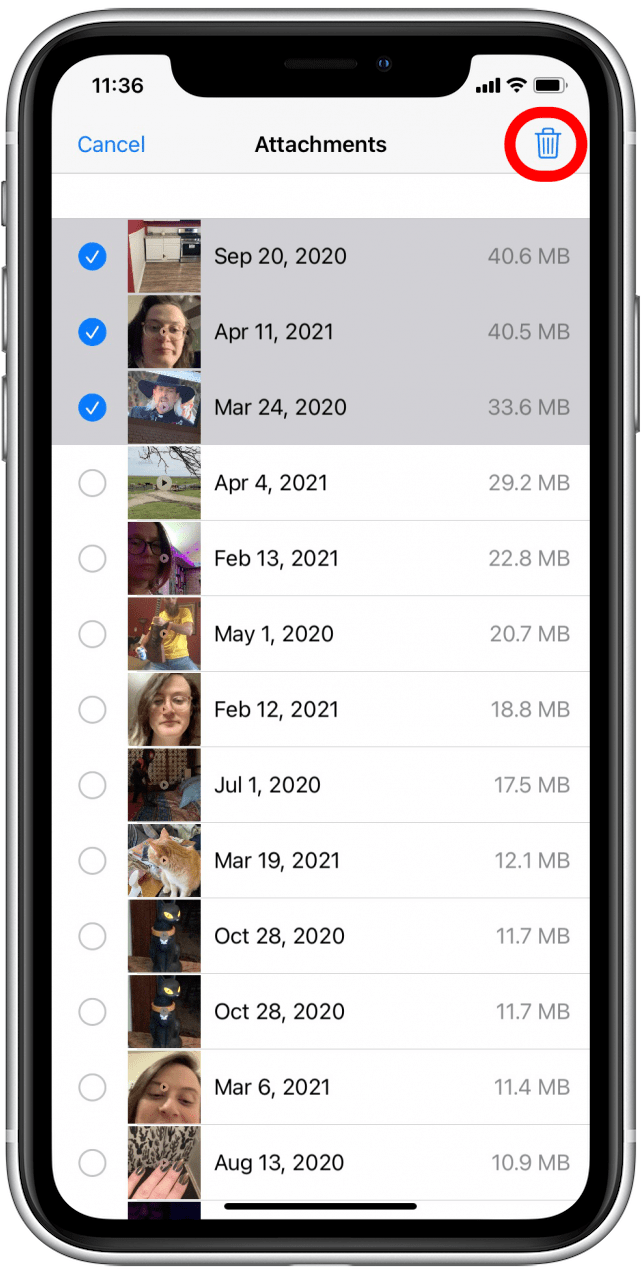
If you have iOS 15, you'll just tap the red minus sign between each video to remove it. You can also set up your iPhone to automatically delete your messages on a schedule.
To Enable Auto-deletion in Messages:
- OpenSettings.

- SelectMessages.
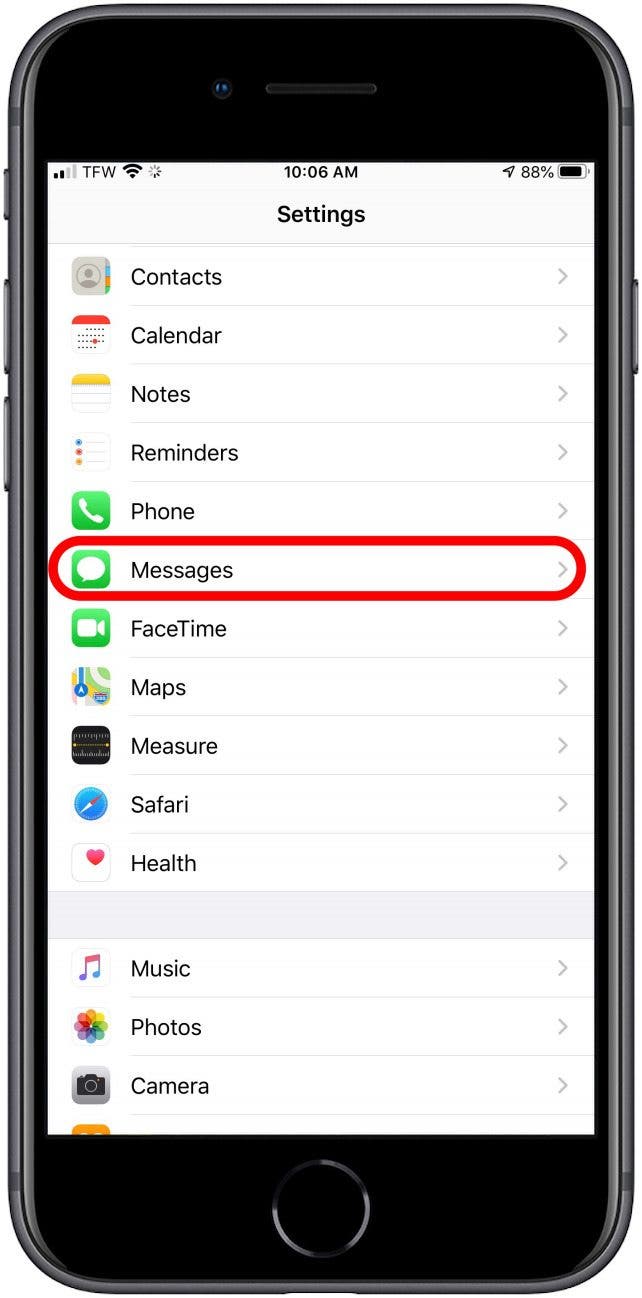
- Scroll down and tapKeep Messages.
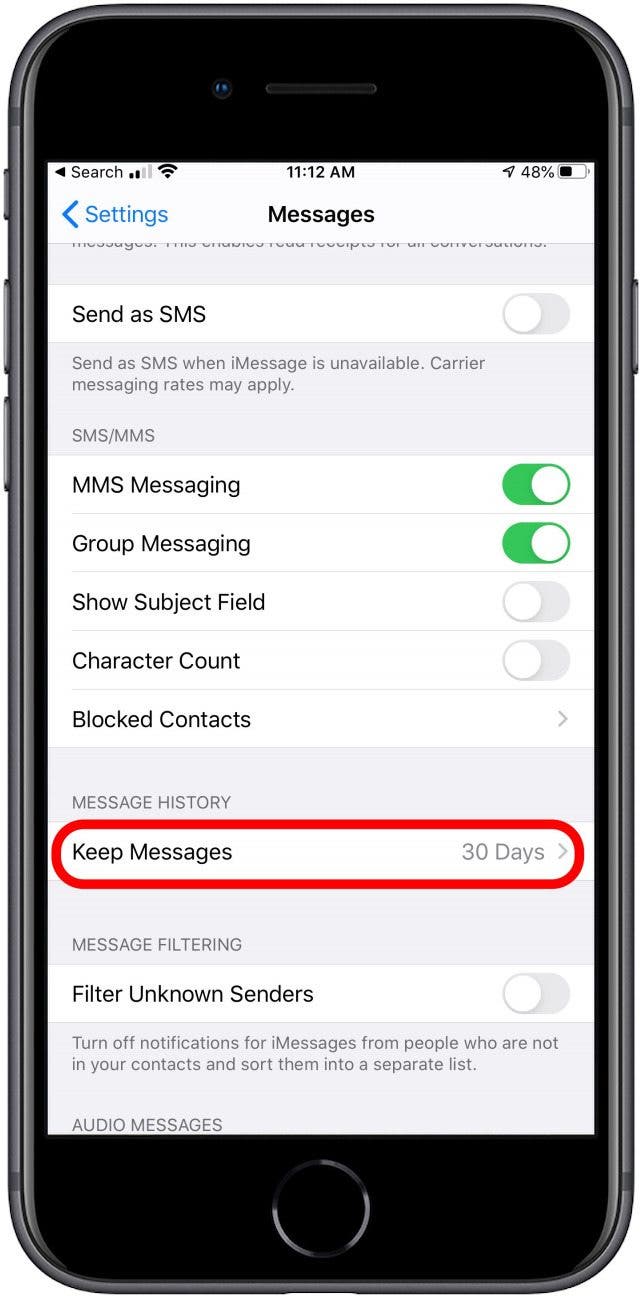
- Select either1 Year or30 Days.
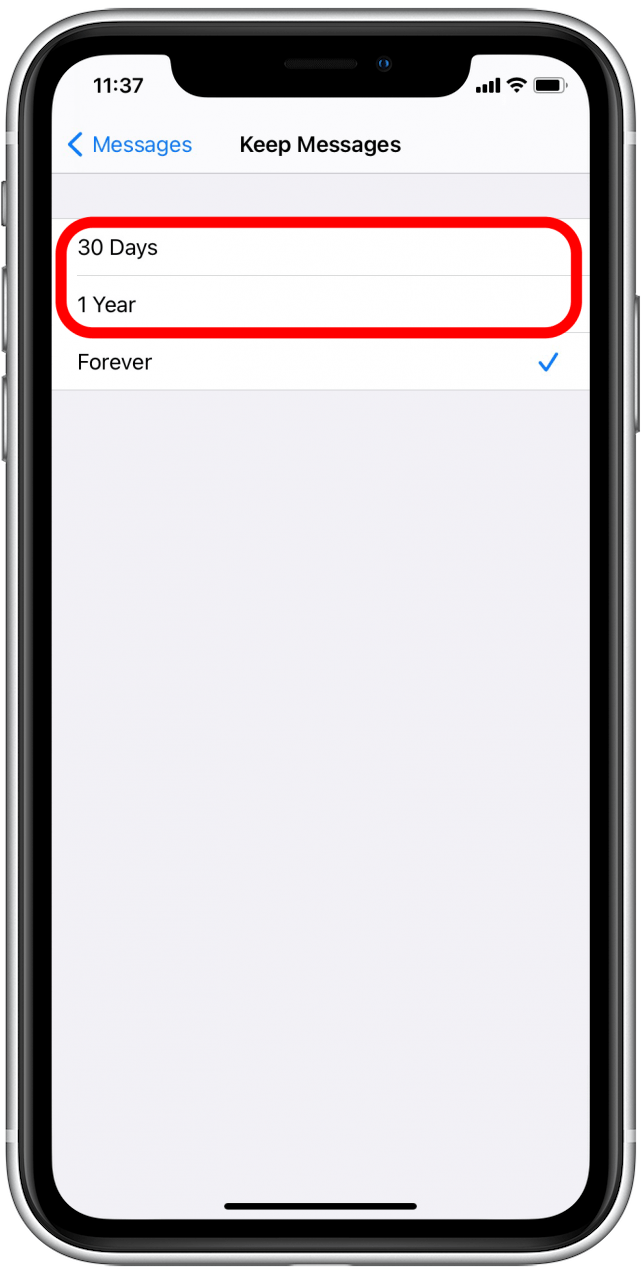
Return to top
Deleting Cached Data on Apps
Apple doesn't make deleting cached data on your apps very easy. The fastest method is to delete and then reinstall apps that take up a lot of space. When you reinstall a deleted app, you'll need any relevant login credentials, like names and passwords, so make sure you have your login information saved to your Apple Keychain before deleting apps.
- Open Settings.

- Select General.

- Tap iPhone Storage.

- Scroll down and look at your list of apps. They'll be sorted by how much storage each app is using.
- Select an app that you want to delete.
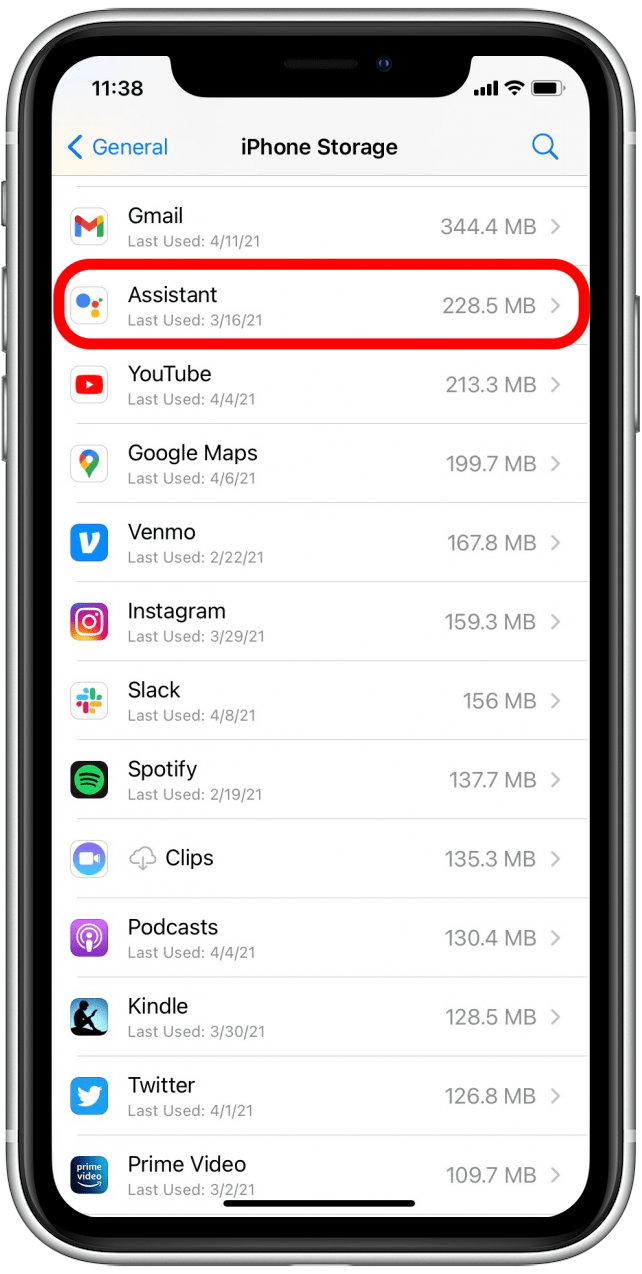
- SelectDelete App.
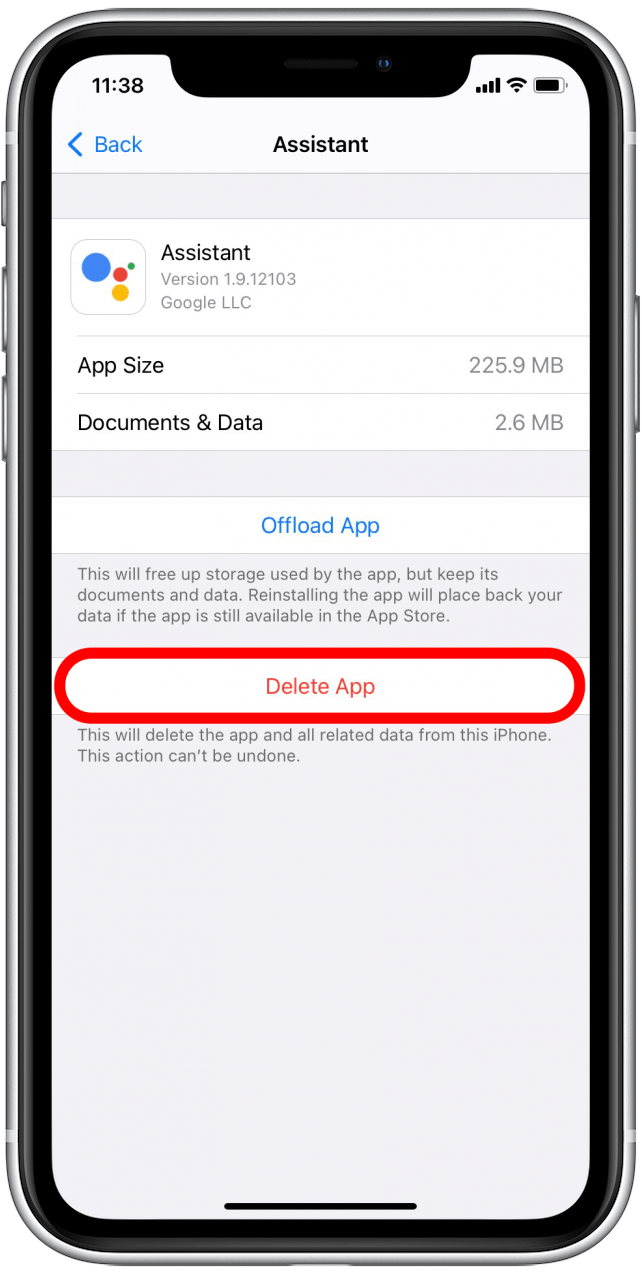
You'll then need to visit the App Store to reinstall the deleted app. If you have a handful of apps that use a lot of data, it's worth it to open those apps to see if there are in-app settings that you can enable that will clear the cached data automatically.
Return to top
How to Automatically Offload Unused Apps
Offloading apps won't delete any cached data that you've accumulated while using the app, but it will delete a different type of Other Storage. When you install apps on your iPhone, some of the system files for the app get filed under Other. If you never use the app, then that's storage you aren't getting back. You can set up your iPhone to offload apps that you aren't using. This deletes the app, but not your passwords and other associated data, making reinstalling an offloaded app easier than a deleted app.
To Automatically Offload Unused Apps:
- OpenSettings.

- TapGeneral.

- SelectiPhone Storage.

- EnableOffload Unused Apps.
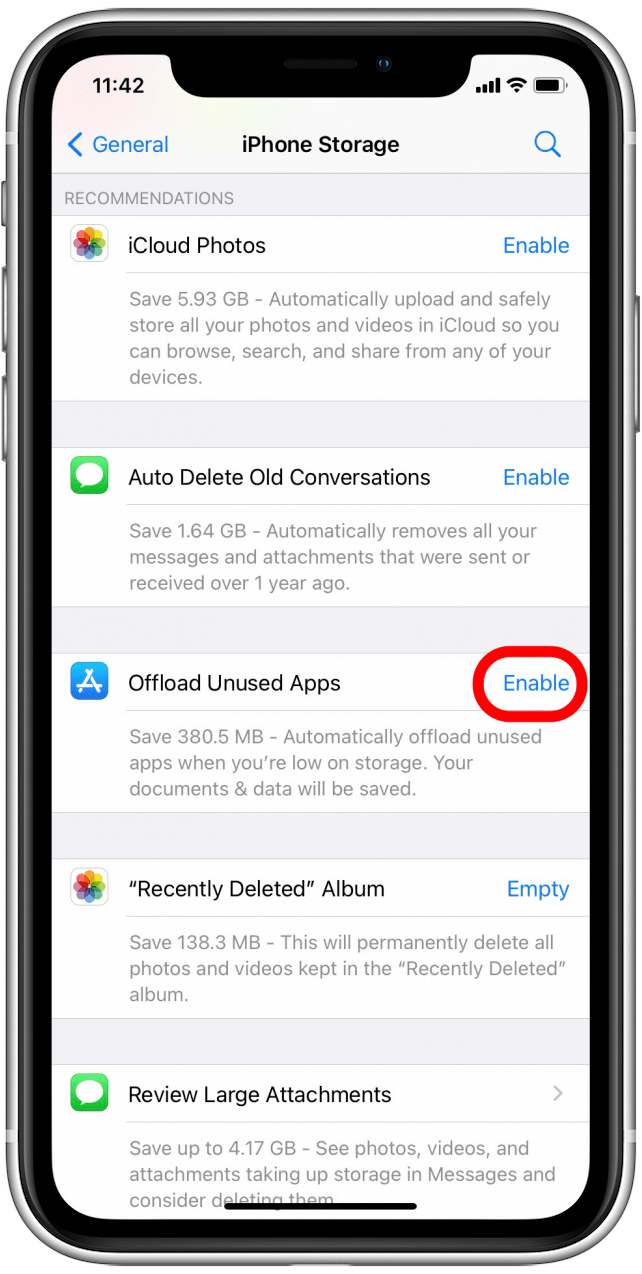
In iOS 15, this feature will be under App Store instead of General > iPhone Storage.
Return to top
Review Your Notes & Voice Memos
Other Storage is created when you save or open a note associated with your iCloud account. The same is also true for the Voice Memos app. Unfortunately, the usual method of deleting those apps doesn't work when you want to remove cached data from Notes or Voice Memos. Instead, you have to delete individual notes and voice memos to free up Other Storage. It's good to periodically review both your Notes and Voice Memos apps and delete any files you don't need.
Return to top
Turn Off Background App Refresh & Location Data
You can prevent Other Storage from accumulating by turning off background refresh for your apps and by restricting your iPhone's location services. When an app refreshes in the background, it creates a cache data file. Likewise, when you share your location with an app, that data is stored in Other Storage. You can control both your app refresh and location data through the Settings app.
Return to top
Master your iPhone in one minute a day: Sign up here to get our FREE Tip of the Day delivered right to your inbox.
How To Delete The Other Files On Iphone
Source: https://www.iphonelife.com/content/iphone-other-storage-how-to-find-delete-other-storage
Posted by: montanodrationotled.blogspot.com

0 Response to "How To Delete The Other Files On Iphone"
Post a Comment